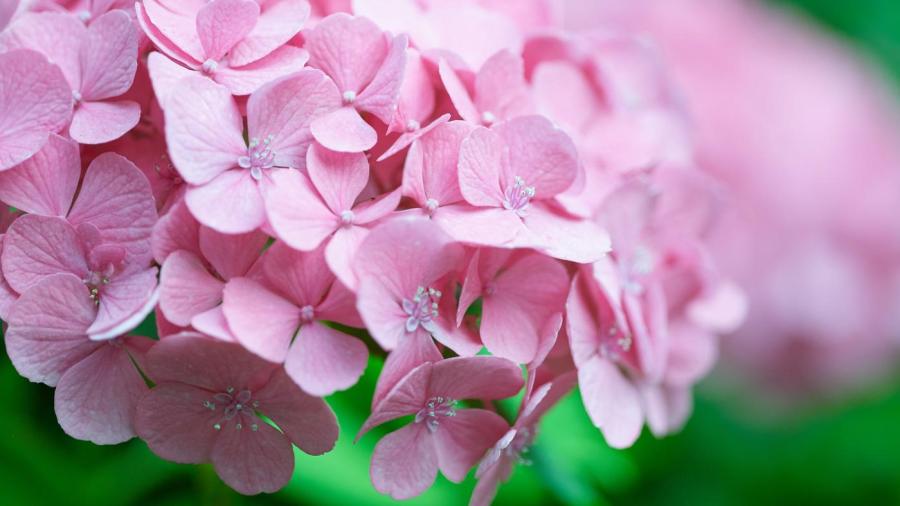What Causes Brown Spots on Hydrangea Leaves?

Brown spots on the leaves of hydrangea shrubs are mainly caused by leaf spot diseases, which can either be fungal or bacterial in nature. Cercospora leaf spot and anthracnose are common fungal infections that affect hydrangeas, while bacterial leaf spot is commonly caused by the pathogen Xanthomonas campestris.
Cercospora leaf spot begins as brown spots, which are an eighth-inch to a quarter-inch in size, that develop on the leaves that are near the base of the plant. Heavily spotted leaves soon turn yellow-green and fall off the plant. The disease mainly infects bigleaf, oakleaf, smooth and panicle hydrangea, causing them to become unhealthy, produce fewer buds and lose their aesthetics.
Anthracnose commonly develops in hot, wet weather conditions and on hydrangeas that are heavily fertilized. It is characterised by large brown spots on leaves and blossoms that eventually develop lighter brown or tan centers. The spots grow in size and then spread all over the plant.
Natural remedies for leaf spot include spraying compost tea, liquid kelp and garlic oil on plant leaves. Compost tea contains beneficial bacteria that help fight against leaf spot. Liquid kelp contains nutrients that boost the plants immune system. Fungicides containing chlorothalonil and thiophantate-methyl help to eradicate both Cercospora leaf spot and anthracnose. Individuals should follow manufacturer instructions carefully when using chemical fungicides.





